Learning Japanese with Duolingo

Ach ja, if you tell me to use Anki, I will rip your fucking throat out I am not sure if this post will ever see the light of day or if it will even end up comprehensible, but I might as well write down my experiences after a whole year. On October 11, 2023, I started using Duolingo and, one year of daily lessons later, the only thing I am confident in is that I, like with almost all aspects of my life, could probably have used my time a lot better. Considering I only wanted to mess with a friend of mine for a couple of seconds before they realize what is going on, I probably did a lot more than I ever guessed at the beginning of my journey. But before all that, let’s start with some background, as this will probably be a longer post.
What is Duolingo?
Duolingo is a tech company with a platform as a product, whose fundamental function is to generate revenue through the way said platform interacts with its users. Duolingo could be about literally anything besides learning languages. In fact, they are planning to release courses for music, math, and chess. But it could also be expanded for literature, most of the natural sciences, or even art. Hell, it doesn’t even need to be about learning at all. The underlying gamification of its courses means that as long as a certain behavior or outcome can be rewarded, it could be implemented on Duolingo as is, and nothing would really have to change. But most importantly, Duolingo is not a place to learn, but an app that wants you to spend as much time and money on it as possible. Anything else might as well be an afterthought.
This is not to say I have a particular problem with Duolingo as a product, though replacing your employees with AI is just the tip of the iceberg of shitty corporate decisions, but it would be dishonest not to acknowledge the very structure of something that causes it to never be as good as otherwise possible. After all, Duolingo literally has an incentive not to teach you a language fast or even to the point where you wouldn’t need the app anymore.
What was I even trying to do?
So why am I even going with Duolingo when stuff like Babbel and many other language learning apps exist? Well, it’s free and has a funny green owl… that’s basically it. You have to understand that, despite spending a literal year on Duolingo, it is not like I have a genuine interest in learning Japanese. Of course, I am not opposed to learning it or even putting in the effort to do so, but this wasn’t even my end goal here. I am content not knowing Japanese, unlike with English, or with French when counting my time in school. So I have no problem basically idling on the level of what might have been my first year of learning English in school (it wasn’t great).
Actually, if I were to earnestly start learning Japanese, I would probably just buy a textbook and look out for online classes. I understand the idea behind the approaches most of these apps go for, but I am just not that kind of guy. Similarly, I am all for AJATT or RATTATA or any other kind of immersive learning, but you need to get to a certain level first, which I simply have not achieved yet and won’t achieve any time soon, until I decide to finally lock in for once.
So if I didn’t even set out to learn Japanese, what was I even trying to achieve here? Quite simply, the main reason why I started Duolingo was to learn to read Hiragana. That’s it. Nothing more and nothing less. I don’t even need to understand it, but I simply wanted to be able to read the funny characters on the screen.
Duolingo’s Japanese course
So, let’s get into the nitty-gritty of things. First off, I am pretty sure other language courses have more features than the Japanese one, like speaking exercises. Also, after staying on the web version for the first two weeks, I mostly used the Android app, which, when including iOS, all have slightly different features too, because who cares about feature consistency? As already mentioned, I started in October 2023, so I joined after Duolingo removed the tree-like structure of the courses and replaced it with a simpler linear progression, which later got further simplified by providing smaller units about only one topic, instead of the bigger units with two different ones.
So, the Japanese course is structured into five different sections, which I guess are supposed to indicate the general level of language proficiency. These sections are further divided into units, which mostly cover topics you would engage with in everyday situations, like ordering food, going to specific places, or talking about yourself. These units are typically made up of four nodes, with three of these nodes being explicitly about the topic of the unit, while one node is a practice node focused on a previous topic. These nodes consist of six lessons (three for practice nodes), with each lesson consisting around 15 of Duolingo’s exercises that test your Japanese. At the end of a unit is a unit review, which you need to pass in order to progress to the next unit.
Beyond the main course, there are several more features. For Japanese, and I suppose every language that doesn’t use the Latin alphabet, there is a tab to learn the writing system, and the main course won’t even let you progress further at some point if you haven’t “learned” a certain amount of characters. No matter how negative I may get in this post, I genuinely think this is Duolingo’s best feature and the only thing I doubt could be improved within the limits of what Duolingo can provide as an app. Lastly, there is the practice hub, which I will write more in-depth about later. Here, you can practice listening exercises, go over your mistakes, or read stories… at least I guess you can if you progress far enough, as I have yet to unlock a single one, and there is also no indication of when I will do so. On the website, there is also a list of all the vocabulary you have learned thus far.
Duolingo’s Gamification
Before going into how exactly Duolingo teaches languages, let me first explain to you how Duolingo gamified the language learning experience, as it will explain a lot about the platform itself. It starts fairly simply by displaying a learning streak and annoying you to keep it up. This may be my lizard brain speaking, but “number go up” might just be the best motivation there is. It worked for Wii Fit, so why not also for learning a language? Also, while it requires you to do more than simply logging in once a day, doing one lesson of any kind is already enough to keep you going. It is a pretty low hurdle, which I think invites you more to do anything than forcing you to do at least a certain amount. And that’s basically where my praise will end.
The biggest aspect of the gamification is the earning of XP by completing the lessons. In theory, the earned XP will roughly correlate to the amount of learning you have done. In reality, the amount of XP can be inflated rather easily. Firstly, you will probably get around two 15-minute 2x XP multipliers a day, which is probably more than the average user uses Duolingo a day anyway. You also get another 15-minute multiplier every time you complete a node. However, this multiplier is not just limited to the main course but also available for some of the practice options, so you could theoretically abuse the fact that some things, like reviewing an older unit, can be done very fast to farm a lot of XP quickly. There is also the Ramp-Up challenge and other timed practice mini-games, in which you can gain a ridiculous amount of XP, and they are basically the only way I can rationalize how some people can get over 10,000 XP in a single week.
Why does the XP farming matter? Well, it really doesn’t, which is kind of the problem. Duolingo automatically enters you into leaderboards, which are small brackets of around 30 users. At the end of the week, if you are in the top places, you get promoted to a better league. If you are in one of the last places, you get demoted. Ideally, this would motivate the users to learn more, to at least not get demoted. But again, in reality, the only way to get demoted is basically to do barely anything, and with the exception of the Obsidian and Diamond League, getting promoted is also barely a challenge. Going from the Obsidian to the Diamond League might mean grinding slightly harder for the week, but once you are in, unless you barely do anything or land in a really strong bracket, you probably won’t ever drop out. Beyond the Diamond League, there is also the Elite Tournament. I sometimes qualify for it simply by landing in the Top 10 of the Diamond League, but never progress beyond the first round, because this is where the sweaty tryhards reign supreme and whose crazy numbers cannot be explained by just “learning a lot.” Those are the competitive Duolingo users.
TL;DR: Duolingo encourages you to only do the lessons when you have an XP multiplier or do the practice exercises instead of progressing through the actual course, so you can inflate your ego when you are rising through the leaderboards. I don’t think gamification works at its best if you can min-max it. XP is also the only real metric we get, which is kinda bad since it only indicates how much time you spend on Duolingo and not how good you actually learn the languages or perform in the exercises. I don’t even know if you can fail a lesson. I’m not sure how it would be possible to implement, but I wish I would just be graded normally instead of being pitched against 29 other people on what is quite literally not even the same playing field. And this isn’t even to speak of the actual gamification of the exercises.
How Duolingo teaches languages
As already mentioned, the course is divided into sections and units, which you progress through one at a time. You can theoretically skip units by passing the unit review at its end, though I have never done so myself. The general methodology of Duolingo is something called spaced repetition, which essentially boils down to classic vocabulary learning using flashcards. However, I have to really question both the “spaced” and “repetition” aspects for Duolingo, since the repetition is mostly limited to the unit itself and there are times when I see a word I haven’t seen since almost the very beginning… you know… one year ago. Instead of properly spacing and repeating vocabulary, it is essentially just short-term retention. Of course, I will know the words by heart if it is always the same few in the same context in just a few different kinds of exercises. Ask me again two units later and I will have straight-up forgotten even having learned some of the words.
Also, while you technically do way more than simply learning your vocabulary, at the end of the day, this is what it mostly comes down to, as the words themselves are often the only thing you are actually taught. By the way, learning and being taught here are not to be mixed up. While you may learn something, it is way more like eventually “getting it” along the way, as Duolingo doesn’t explain to you how to apply the things you do get to know. Duolingo doesn’t teach you grammar or any underlying logic of a language. You essentially just expose yourself to a language while holding the hand of the owl, which just so happens to guide you down a path you can barely see the end of. You will be able to navigate the woods eventually, but whether you do it right or even efficiently is written in the stars you can’t even see for yourself.
I can probably explain my logic to the way sentences are structured or why I chose a specific particle, but the fact Duolingo gives me no way to confirm if my own logic is even correct is actually insane. And that is if I think there is a logic behind it. This is the main problem: I memorize my way through the language but don’t really understand it, so it is just chance if I can correctly infer something new from the things I know. There will be its own part later with just examples of things that confuse me or I only realized later made no sense. For now, let’s just go through the kind of exercises Duolingo provides.
These are the types of exercises you will encounter in the main course:
- Linking a Japanese word to an image
- Translating Japanese words to Japanese/English from/to sound, Kanji, or Kana
- Transliterating spoken Japanese into written Japanese/English
- Translating a sentence from Japanese to English or English to Japanese
- Filling in missing Japanese words
- Answering questions about Japanese sentences

The first one is basically just your standard vocabulary learning practice by connecting a word with something more tangible. This is mostly done only once in the very beginning and also only applies to words that can be displayed as an image, like people, objects, places, and some activities.
The next one concerns the translation of mostly individual words. Interestingly, you don’t just translate from Japanese to English or vice versa, but also a lot from Japanese to Japanese, i.e., you have a word written in Kanji and have to connect it with the word written in Hiragana, or you get a soundbite of how the word is pronounced and have to correctly connect it to the Kanji and so forth. The same will be done with the English translation, though there are no English pronunciations for a word and only really one way to write the English translation.
Next up is the transliteration and translation of entire sentences. The transliteration is done similarly to the previous exercise, as the character voices speak out the entire sentence and you have to write it down in either Japanese or translate it directly into English. Translating is done similarly with the sentence being written out instead, but translating from English into Japanese is also a possibility.
The last two exercises are interesting, as they were either added some time after I started using Duolingo, or I simply unlocked them after a certain unit. They are also by far the ones that make the most sense to me, as you, unlike with the other exercises, have a harder time guessing or inferring your way through them and are actually indicative you understood how to solve the exercise, instead of how Duolingo works. In the first one, there is typically a sentence with one or more missing words/characters you have to fill in based on the context of the remaining sentence. Beyond asking whether you want to eat rice or an entire train for dinner, this is also the only exercise that explicitly tests your grammar by making you pick out the correct particles or conjugated forms of a verb. The last exercise is simply reading comprehension. You get a couple of sentences and have to pick out the correct statement. Technically, there are a few more exercises, but these are limited to learning Kana or Kanji and don’t appear in the normal course for some reason beyond my understanding.
Now, I mentioned that you can kind of guess yourself through some of the exercises, or rather you can get a lot of mileage by applying some basic deductive reasoning. The way you answer the exercises is either similar to multiple-choice or it is just straight-up multi-choice if there is only one possible answer. For translating multiple words at the same time, you tend to have five words on each side, and you create pairs of the Japanese and the English translation. Since it’s only five words, it is very easy to limit the possible options. If you paid attention, you know which words are already written with a Kanji or are Hiragana-only, you know loanwords are written in Katakana, verbs are always written in the form with ます (masu) at the end, and so forth. Due to the way Duolingo presents these exercises, I could probably ace them all just with some educated guesses and because I know how these exercises work, even with words I have never seen in my life before.
Translating sentences has a slightly different problem. You do not translate a text by typing in your own answer but instead compose the sentence by selecting words from a predefined collection of words/sentence parts. Since this collection obviously has to contain all the words needed for the correct answer, the only thing left to do is to select the words in the order a sentence is reasonably structured, which is particularly easy when translating from Japanese to English. Like, what sentence could possibly be made from the words niece, a, I, my, present, to and gave? Duolingo tries to countersteer against this by including several words that do not belong in the sentence, but they tend to be the worst red herrings you have ever seen. If I am going to a concert, I probably won’t need a goat, my lawyer, to call something salty, or to swim (If you do, please invite me to wherever you are going). Again, this is especially noticeable when translating from Japanese to English. Having the words preselected also boils down the experience from remembering to recognizing, which again tends to be all over the place with Duolingo’s spaced repetition approach.
Lastly, while this might also be part of the whole spaced repetition thing, I don’t think the exercises are actually supposed to repeat themselves to the point I actively notice that they do. This is especially bad for the reading comprehension exercises, whose entire purpose is that you have to properly read and understand the sentences to answer the questions, and whose point goes up in smoke if you simply memorize the question-answer pairs and don’t bother reading the sentences ever again.
And that’s basically how going through the main course and, by extension, some of the practice exercises go. It is streamlined, fast, and easy to progress, but how much it actually helps you learn the language, especially compared to normal lessons in school, remains to be seen for me, even more so since I can already see the flaws myself.
What Duolingo does and doesn’t teach
Initially, I just wrote a list of things I thought were weird that they aren’t explicitly taught to you and you are just supposed to understand after some time. Don’t worry, I will still give you my personal highlights, but then I wanted to see exactly how much and what Duolingo actually does and does not teach you. At the top of every unit, there is a unit guidebook, which contains a couple of the key phrases you will learn in the unit. Additionally, there can be a tip section, which actually explains a certain aspect of the language. In the beginning, you have those tips almost every unit, but they get gradually rarer and eventually stop in the middle of section 2, to the point I almost forgot they exist when one randomly popped up again after who knows how long. Ironically, these tips, while certainly helpful, aren’t full comprehensive explanations. They mostly tell you that certain things just are the way they are, without an attempt to explain why this is the case. To be fair, some things were also explained in special exercises at the beginning of a unit (if I remember correctly), but I can’t access them anymore, so my point still stands: you will miss the resources that explain how something works if you don’t understand it yourself.
Also, these tips aren’t always for the unit they appear in, so huge shout-out to the person responsible for the tip explaining how certain numbers change the pronunciation of “minutes” ふん (fun) to ぶん/ぷん (bun/pun)… in a unit exclusively using hours for time. Using Kanji I have never seen or words that have yet to be used is also an interesting approach. Sometimes, so much time passes between the tip and the unit I can apply this knowledge that I literally forget I was ever told. The problem is that it doesn’t refer to the tip ever again, so you are essentially on your own.
For comparison’s sake, I am currently at the end of section 3, unit 16, which is unit 61 out of 221 in the context of Duolingo’s entire Japanese course. Going from the start up to my current unit, these are the tips that are there, as well as when they are missing despite a new concept being introduced.
What it does teach
- Verbs go at the end of a sentence
- Japanese has no singular, plural, defined or undefined articles
- The “-san” suffix shows respect, greetings often come after the name
- Using は (wa) after a word makes it the topic of the sentence
- Hiragana and Katakana can be mixed
- Most question words come directly before ですか (desu ka)
- If something belongs to you, you can use the phrase わたしの (watashi no)
- The “-san” suffix after after a last name can also mean Ms, or Mrs., last name comes before first name
- There are over 2.000 Kanji and they can help differentiate words that sound the same
- To make a statement with です (desu) negative, use じゃないです (janai desu)
- か (ka) at the end of a sentence makes it a question
- The numbers 1 through 8 and 10
- を (wo) connects the object to the verb, the -ます (-masu) ending for a verb indicates present or future
- Asking and telling time (hours), combining numbers to make bigger numbers (Counting up to 99)
- Wanting something (がほしです) and not wanting something (はほしくないです)… the latter has yet to be used a single time :D
- Adding します (shimasu) to a noun to do noun
- は (wa) and が (ga) are the same, except they are not, は (wa) is used for questions and negative sentences
- You use words like いつも (always), よく (often) and ときどき (sometimes) to indicate how often you do something
- You can combine です (desu) with other words, i.e. to form がすきです (to like something), some vowels are barely pronounced
- Difference between あります (arimasu) and います (imasu)
- Difference between それ (sore) and あれ (are)… the latter has yet to be used a single time :D
- Saying where you live and how old you are
- 毎 (mai) can be put before most time periods to mean every
- You refer to your own family members with different words than to other’s family members
- Counting people, 一人 (hitori) and 二人 (futari) are irregular
- When to put に (ni) or は (wa) after a weekday
- Difference between この (kono) and これ (kore), difference between この (kono), その (sono) and あの (ano)… long after I have been using them
- When to use の (no) for colors
- あまり (amari) in conjunction with a negative verb means to not do something very much
- くらい (kurai) means about or approximately and comes after the time period
- Counting animals
- Difference between に (ni) and へ (e)… the latter has yet to be used a single time :D
There were some more tips, but I suppose they probably vanished when the course was restructured. There was the thing about minutes, but also how you can simply add や (ya) to make it a shop of something, like パン (pan), meaning bread, becoming パンや (panya), a bakery.
For the most part, this list doesn’t look that bad, but you have to consider this is everything after an entire year. I obviously know way more, but if you were to compile all those tips into a textbook, you wouldn’t end up with that many pages, with the underlying takeaway being that it simply doesn’t teach enough.
What it doesn’t teach
- What even is です (desu)? It doesn’t behave like all the other verbs (Help, I’m scared)
- Particles and when to use them
- How の (no) is used
- Numbers can be pronounced differently depending on the context
- The number 9…
- Counting things
- For what あります (arimasu) and います (imasu) can be used
- What adjectives (don’t) need な (na) and what adjectives use の (no) instead
- Volitional form of verbs
- Negative verbs
- The “-sensei” suffix
- Doing something for a certain amount of time (hours, days)
- Negative question form for verbs
- How to say what day in the month
- How to use prepositions
- Past tense verbs
- Negative adjectives and when to use じゃないです (janai desu) instead… also, how did I never notice most adjectives ending on い (i)?
- “I want to”-form, as well as its negative form
- Past tense negative verbs
Similarly, there is probably a good amount of stuff I missed, but again, defining what is missing mostly depends on what you think should be explicitly stated. Does the ね (ne) sentence ending need to be explained, especially when my first language does the exact same thing? Or where to put ひとりで (hitori de) when you do something alone? When is it enough to see it a couple of times? Also, basically half of the stuff is just the result of never explaining the most utter basics, like particles or how verbs work, which can absolutely be argued you simply have to get a feel for and use like three brain cells tops for the different verb forms. It is still weird that
行きます (ikimasu), 行きません (ikimasen), 行きましょう (ikimashou), 行きたい (ikitai), 行きたくない (ikitakunai), and 行きました (ikimashita)
are introduced like they are new words with no relation to one another and not just the same verb in a different form.
Things I would have expected to come up at some point
- More question words, I only know 何 (nani), どく (doku), だれ (dare), いつ (itsu) and いくら (ikura)
- Pronouns, or at the very least subject pronouns, currently only 私 (watashi) is ever used
- “Standard” form of verbs and how to convert a verb into another form
- Difference between formal and informal speech
- Suffixes
- The entire concept behind Kanji
Honestly, this is just a mental exercise in trying to come up with things you don’t even know you don’t know.
What annoys me and makes me laugh
While most things simply turn from frustration to confusion to just straight-up comedy over time, some other things just continue to annoy me. I really hate the way Duolingo’s word selection for sentence translation works in both English and Japanese. In English, it has this weird preference to break down each sentence part into as many words as possible. So if you are telling the time, o'clock is broken down into o' and clock; if you want to translate お茶 (ocha), be ready to not forget the green part of your tea, as just tea will not be accepted as a valid answer. Any kind of food or even city names? Split them and put them back together later. But at least the English one is consistent. The Japanese words are quite literally all over the place. Sometimes the particles stand on their own; sometimes they are already adjacent to the next word. Sometimes it is written in Kanji; sometimes it is just all Hiragana. Don’t even get me started when a の (no) is involved. And some other times, it just fucking trolls you in a way you need to triple-check to see what even happened.

Splitting ええと (eeto) into え and えと, and にゅうじょうりょう (nyuujouryou) into にゅうじょう and りょう should be punishable by death. Due to the gamification of Duolingo, I barely have to pay attention most of the time, so when stuff like this happens, I am just confused.
As one might have guessed from some of the comments in the previous section, there were a few units that had their quirks, but one in particular just baffles me. So, you are learning numbers. Great! They are even your introduction to Kanji, so you learn how to draw the character, the spelling in both romaji and Hiragana, everything, and you do that for every number from 1 to 10… except 9. Why don’t we talk about 9? Is it the forbidden mambo, which shall not be danced? Did it kill Duo’s family? Who knows? Anyway, it is time to tell the time; please don’t question what 九 means or how it is pronounced. Also, you will never hear 七 ever be referred to as なな (nana) again for at least several moons. We しち (shichi) now, lol. And just as a small teaser, don’t get too comfortable with 四 (yon) just yet; we doin' months next. Like, come on. Japanese is so funny where numbers are concerned. It is so reasonable when having the numbers on their own, and adding them together is so simple, only for every other possible use case to be its own can of worms. Perfect, I wouldn’t change a single thing.
Also, did the Japanese really not have their own word for bread, so they had to steal it from the Portuguese of all people? For fucking bread? You see a giraffe for the first time in your life and go like, “Yeah, I’m getting kinda きりん (kirin) vibes here”, but bread gets the full loanword Katakana treatment?
Duolingo also doesn’t bother if something has several meanings. 前 (mae) was introduced as meaning “in front of” something when used with an object… it can also mean “before” something, as in time and not a place. What do you mean you went shopping in front of the night? Does it sell good stuff? In the same way, やきます (yakimasu) was introduced in the context of grilling meat and fish… how am I supposed to grill a cake… this doesn’t seem right.
Then there is the complete opposite case, where one thing has several pronunciations, and I have yet to figure out when to use which. 家 is house and is either いえ (ie) or うち (uchi). I wouldn’t be surprised if “day” has at least five more ways of saying it than ひ (hi), にち (nichi), and -か (-ka). Please, Duo, tell me about it, because I initially thought I was crazy. Please, just explain Kanji to me, before I make up my own logic (It will be wrong).
This one might be the only complaint I have toward Japanese as a language: Katakana is the devil’s writing. It is not bad, but just… weird. Despite the characters consisting of clearer and fewer lines, it took me significantly longer to learn the Katakana, and it is all around harder for me to memorize and recognize them. Sure, there are some absolute bangers like キ (ki), カ (ka), and ホ (ho), but then there is also stuff like ム (mu), シ (shi), テ (te), ラ (ra), ネ (ne), ケ (ke), and ソ (so), and I would say the average is just lower than with Hiragana. I literally had to do the Katakana exercises again after half a year simply because I noticed I am mostly guessing the words and get single characters consistently wrong. I know I see Hiragana way more in the exercises, but it feels like I should know Katakana at this point regardless.
And while we are at it, please acknowledge that Duolingo randomly switches between how the characters are written by hand and how they are typically displayed mechanically/digitally. This is the stuff confusion is made of. I have no problem with some things just being the way they are, but acknowledge them, please. I learned French for five years; it can’t possibly be that bad as to hide it from me.
There are most definitely many more pet peeves I have with Duolingo, but I am too tired to remember more. It is 2 AM, and I am writing this post since like 11 AM.
I would never gaslight my friends
It is a new morning. I am tired, my right eye has reddened, and the leaf blower seems to be louder than ever before. All around, it is a very good morning. After trying to make sense of and correcting the nonsense I have written through the night, I am hit by a not-so-sudden realization: Maybe I am a horrible person.
After all, what even is the point of this post? Unlike Ultrastar, there are thousands of people writing about Duolingo in all kinds of different contexts, so me writing my experiences down is essentially pointless and just for me. It is also not like I kept this a secret or anything, and, with the exception of one person, who I wouldn’t trust to run their mouth immediately, I talked with basically all my friends about it. I more or less started Duolingo shortly after another friend did, stole their place in the family plan, and I even complained about Duolingo at length to someone studying linguistics right now. It is not like I know someone who already studies Japanese for years, was in Japan several times, and will even move there soon.
And even if I did, this would basically mean the entire premise of this post would be based on me keeping the fact I am learning Japanese a secret from them for over a year. I would never expend that much effort for something so stupid. Like, I would have to be completely silent and never talk about it publicly, I would have to tell everyone else to keep it a secret too, and I would have to come up with excuses on the spot every time for why I know something I shouldn’t know. Come on, gaslighting wouldn’t be enough for this, and I would be forced to utilize a nifty rhetorical device called ₊ ⊹ . ݁˖ lying ˖ ݁. ⊹ ₊. Something there most definitely does not exist audio evidence of, claiming I find it funny in certain situations.
Insinuating I don’t know how to read Japanese a tick too often to be natural? Couldn’t be me. Japanese text being on screen in an episode of anime? Sorry, no can do; gotta ask the oracle. Just sitting next to someone writing down all the Hiragana characters for me and listening to their explanations like I am none the wiser? Who in their right mind would do such a thing? Fuck it, might as well go all the way and ask some rather basic Japanese questions you should know the answer to yourself, to really drive it home that you don’t know anything. Not knowing better, yet obviously knowing more than I led on to, I have become language fascism incarnate.
So again, what is the point of this post? Why should I ever publish this? Should I just go on further implying I don’t know any Japanese, but if I were to learn Japanese, a certain someone would be the first person to know about it, because I would complain to them all the time? Shadow drop it on a really random day? Should I just wait until I pass one of the JLPT and publish a post like “JLPT December 2024 Review” instead? Write a short story about a pretender and retroactively call it real-life foreshadowing? Maybe I should never publish it at all, and when I eventually find myself in Japan, the truth will reveal itself rather unspectacularly on the side, Attack on Titan-style. I don’t know. I really don’t know.
In truth, I am just not that funny a person, and this has gone on way too long already. I am standing on a million lives, and I would gladly doom another million, yet it will never be enough. I should probably end this charade soon because I have stopped giggling to myself a long time ago. And who is to say this is still a secret anyway?
Trying to make sense of it all
Duolingo sent me an email with some stats for the year. I earned 73,547 XP, learned 1,774 words, and reviewed 20,240 phrases… Is this good? I don’t think so. Depending on how much you learn, the average seems to be around learning 1,000 to 2,000 new words in your first year, which seems to be right on the money for me… except I am pretty sure I have, in fact, not learned 1,774 words. I doubt it is even half. For one, I am pretty sure Duolingo counts some words/characters double because Duolingo displays a new word as purple, and I can remember words I already knew being introduced as a new word with a slightly changed meaning in another context, etc. Secondly, a good amount of the words are either just English words written in Katakana, not even wasei-eigo, but literally just English words, or names of places, food, etc., which I doubt should be counted. At the very least, I am definitely under a thousand words. Also, how many Kanji do I know? I unlocked not even a hundred and only practiced about 70.
Most people say an app is not enough and should only be used alongside other methods like flashcards, immersive learning, or even a real textbook… Why can’t Duolingo just do all these things? I mean, the answer is capitalism, but this won’t make me feel better. Just imagine a full interactive textbook, actual flashcards, and ways to engage with the language naturally. The only thing it can’t do is help you write the characters (dragging your finger over a screen doesn’t count). But Duolingo is far away from any of it.
I really wish I could filter my vocabulary list for verbs, as I think verbs are my biggest problem area right now. Not because I think I somehow have a problem with memorizing verbs specifically, but because Duolingo barely uses a verb outside its unit. “Buying” and “going” are the two verbs always in use. My math teacher could wake me at 3 AM and ask me what “going” and “buying” are in Japanese; for some reason, I could indeed answer as if shot out of a pistol (for every non-German reading this: this is a very real thing and is definitely happening). Ask me about any other verb, and it will be a coin flip whether I will struggle. I don’t even know the verbs I don’t know because I have forgotten them already.
“n+1” is a term you may find in certain language learning communities. It means you are engaging in material always above your current learning level, but it is still comprehensible due to everything you do know, thus always progressing by learning new words or understanding more complicated sentences. Duolingo is barely “n”, “n-1+1” at best, and at times feels more like you are moving backward or stepping aside. It is mostly based on recognizing; nothing challenges you, and your progression is just way too slow to be meaningful.
The bottom line might be that Duolingo just kinda sucks for actually learning a language, and I primarily used it because it will get me to learn something. I am just a guy. Average. Mediocre. Maybe capable, but seldom willing. Most people are not learning a language on their own. Hell, the only reason I stuck with Duolingo for over a year is that I had the premium plan. I mean, you can use Duolingo for free, but you don’t want to use Duolingo for free. Trust me, you really don’t.
I should really either stop or switch to something else. Babbel seems to be the same but better; as long as anime and visual novels are too hard for me, I want to try Beelinguapp, and maybe I will even dish out 65 euros for the Genki text- and workbook, even if it is not as convenient as an app. If I just want to watch anime, even Animelon might be an option. And if I really want to get an earful, punched, kicked, and most probably defenestrated for good measure, I’ll download Anki. Will I be able to do these without the funny green owl threatening the well-being of everyone dear to me? I don’t know. I really don’t know.
Anyway, I learned Hiragana, so here’s a tier list.

You can try Duolingo for yourself on their Website, or by downloading the App (Android or iOS).
Related Posts
Comments

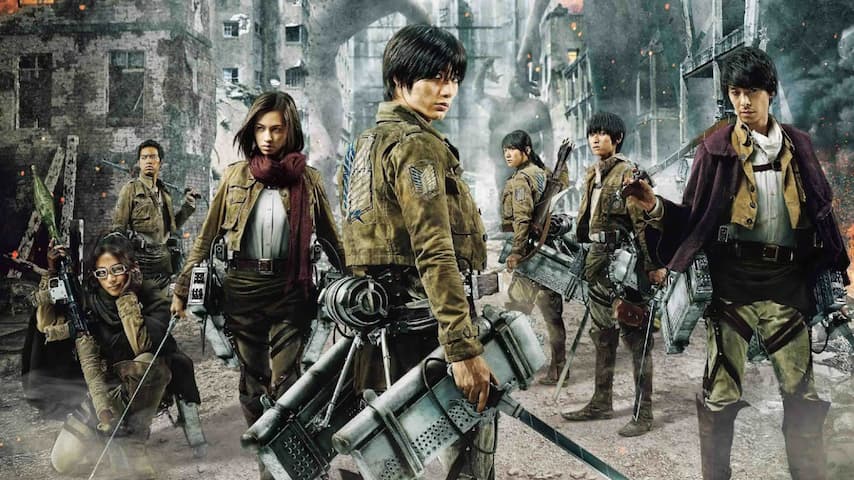



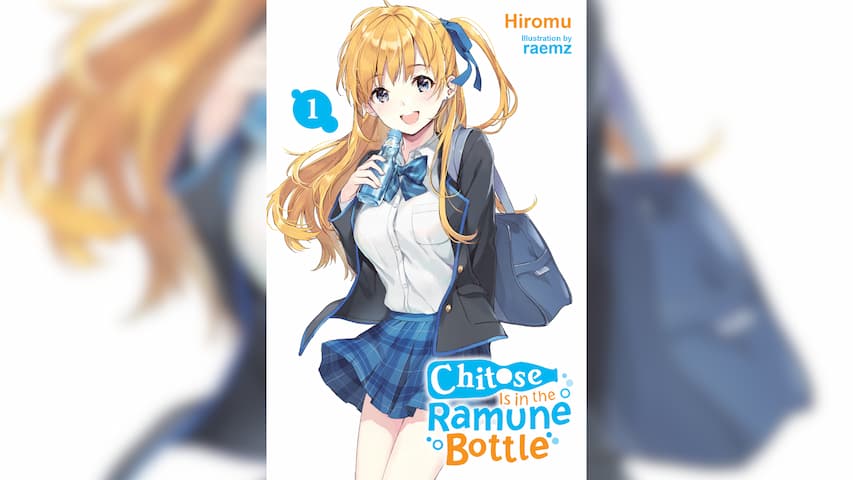


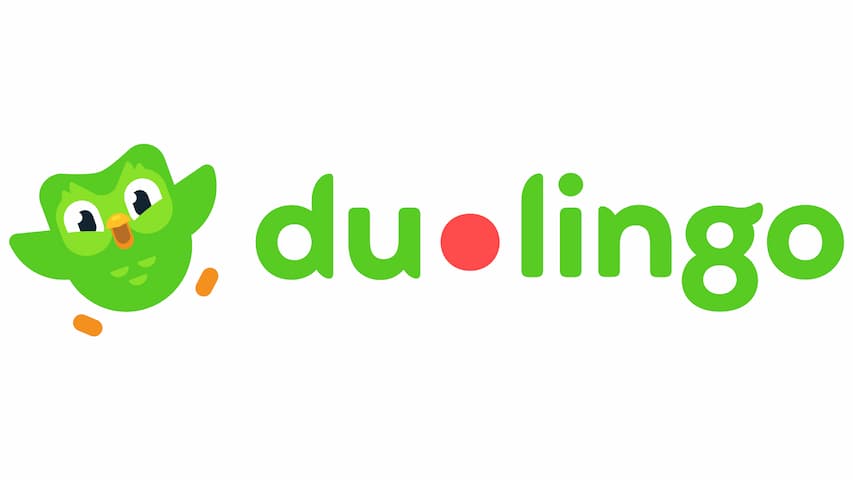

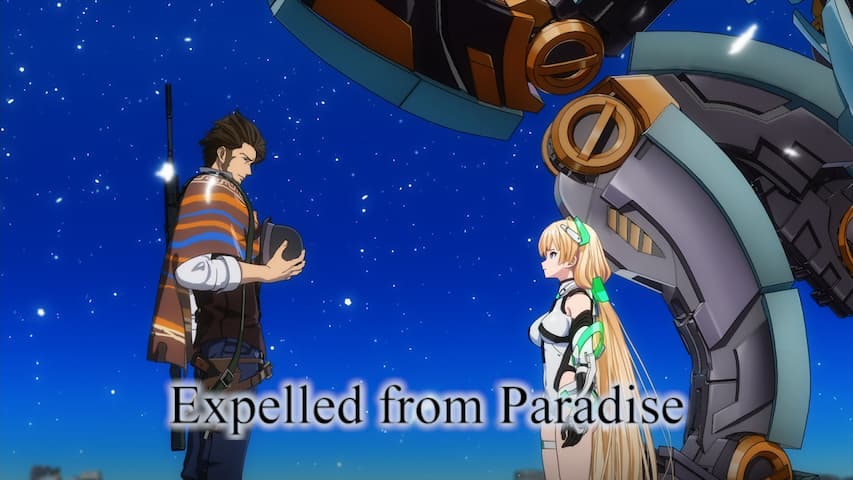
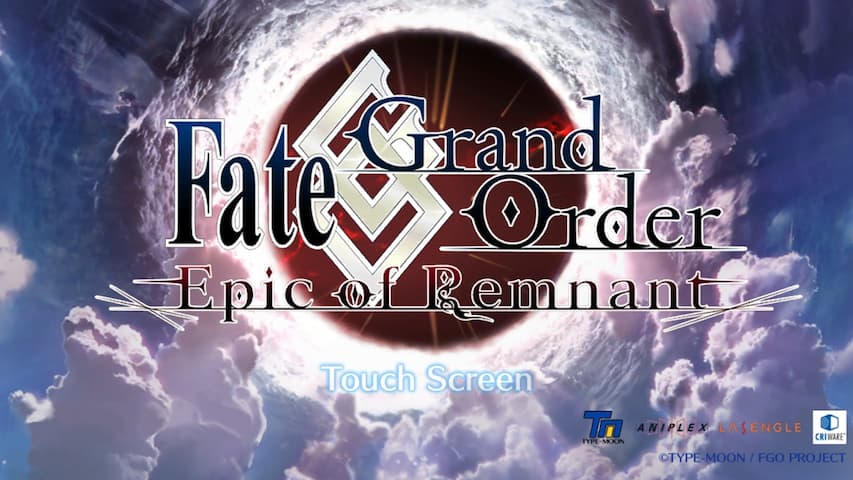

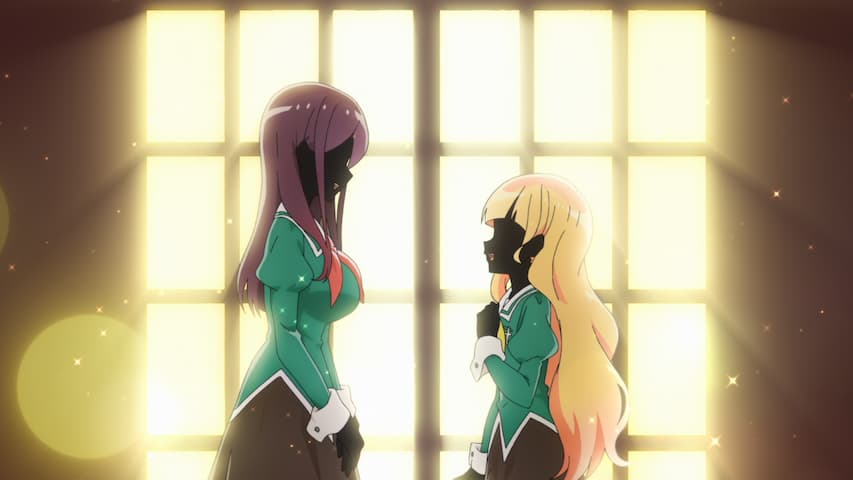



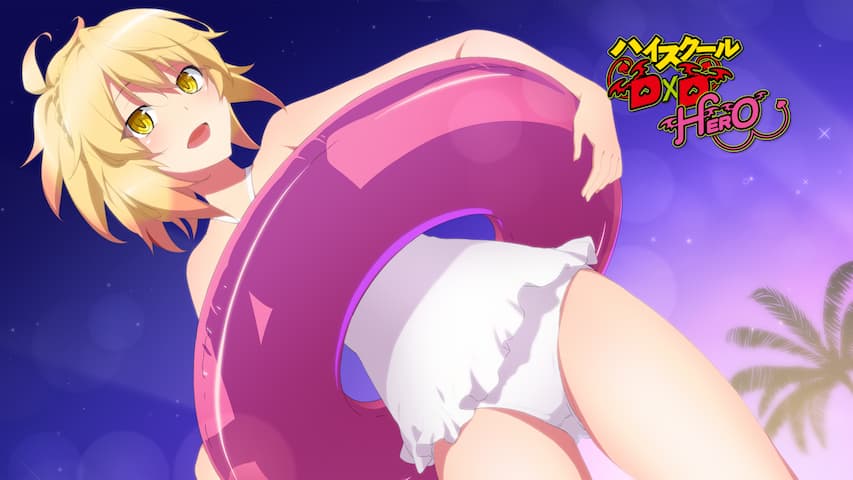



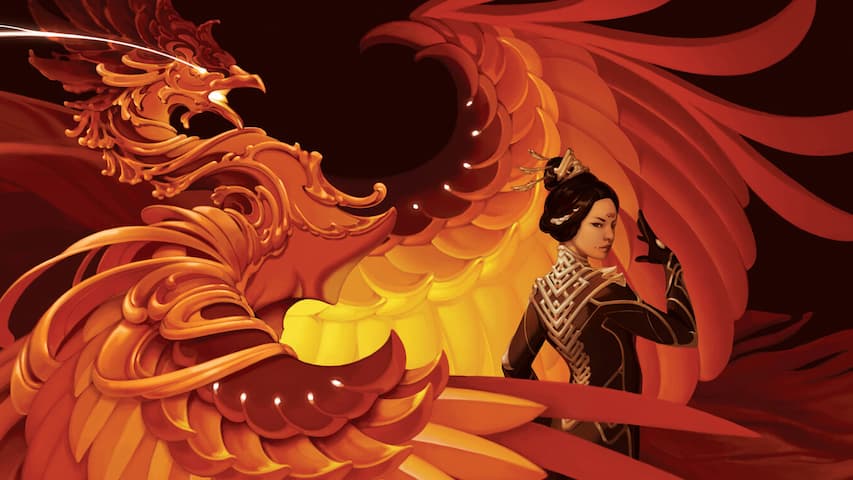
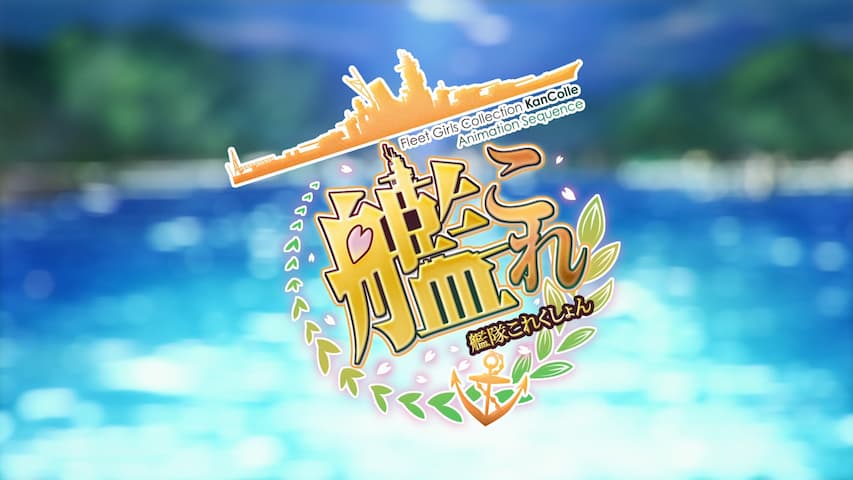
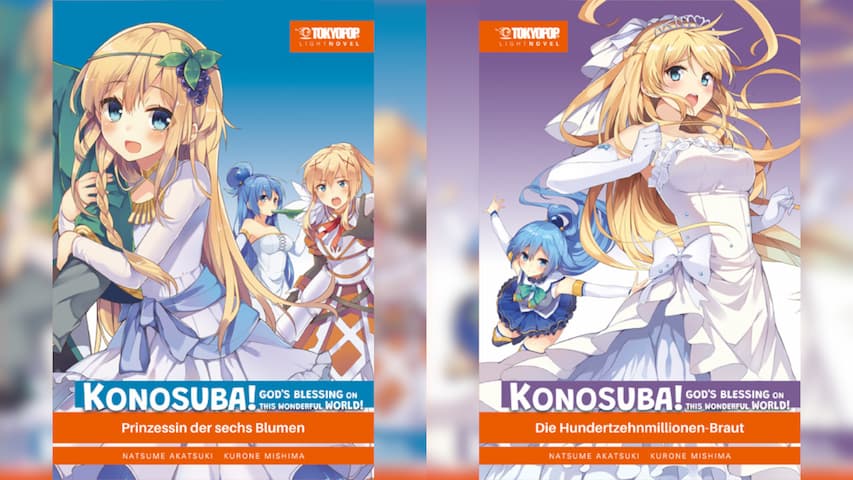


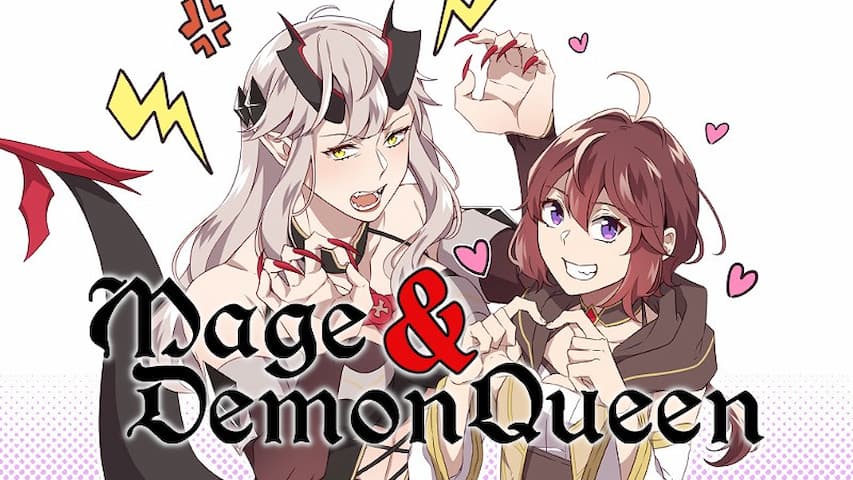
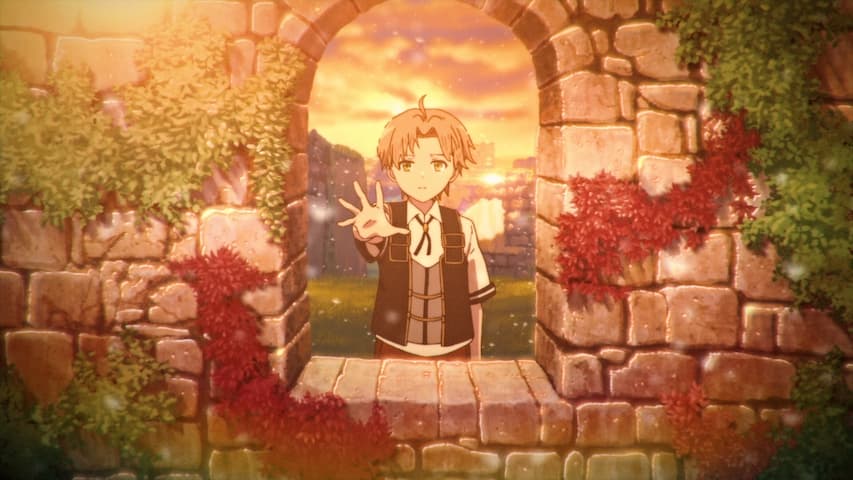

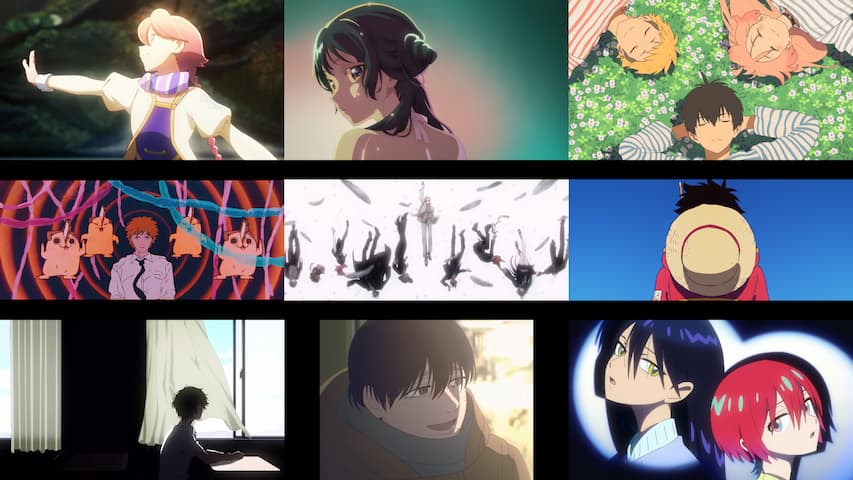
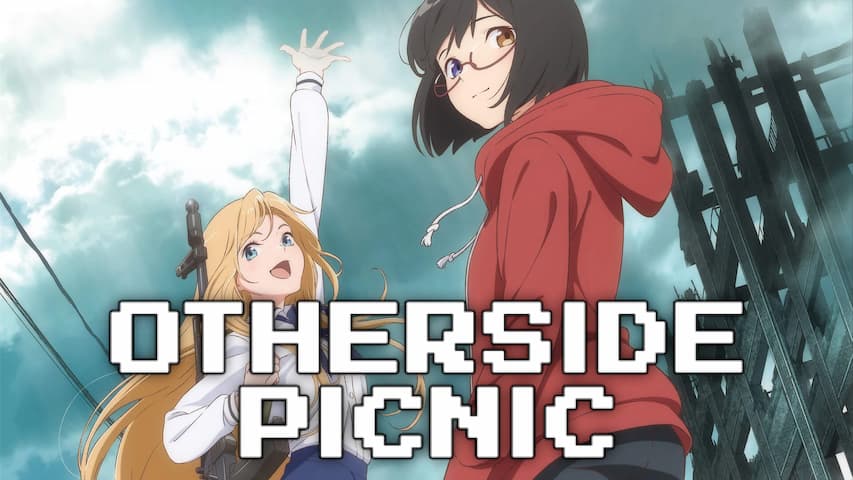

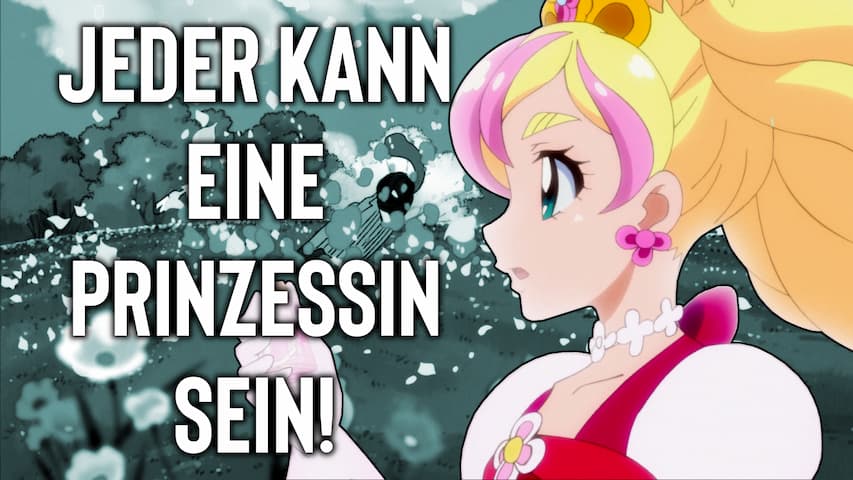







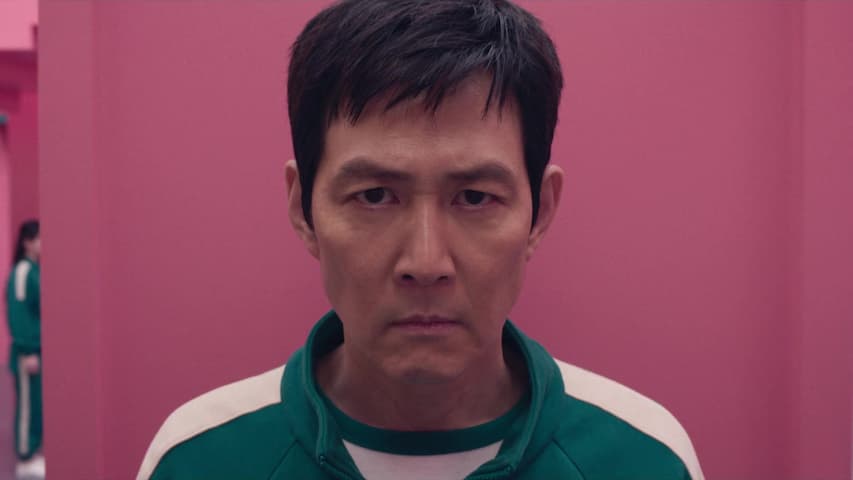



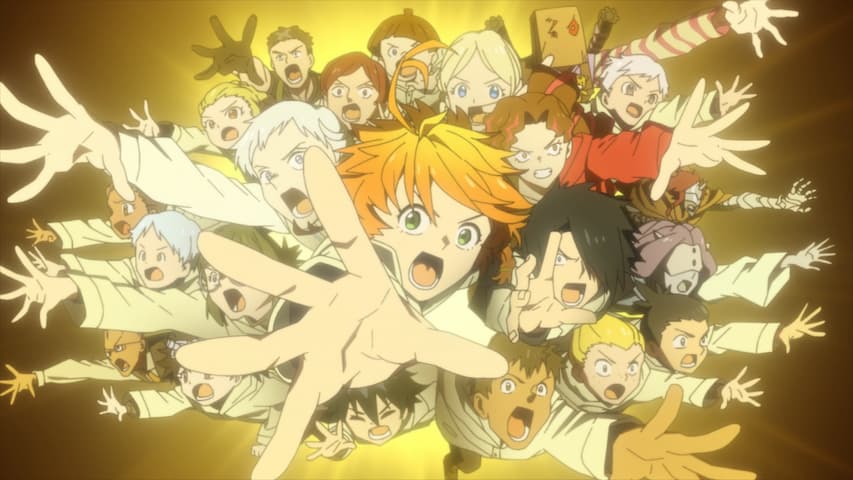



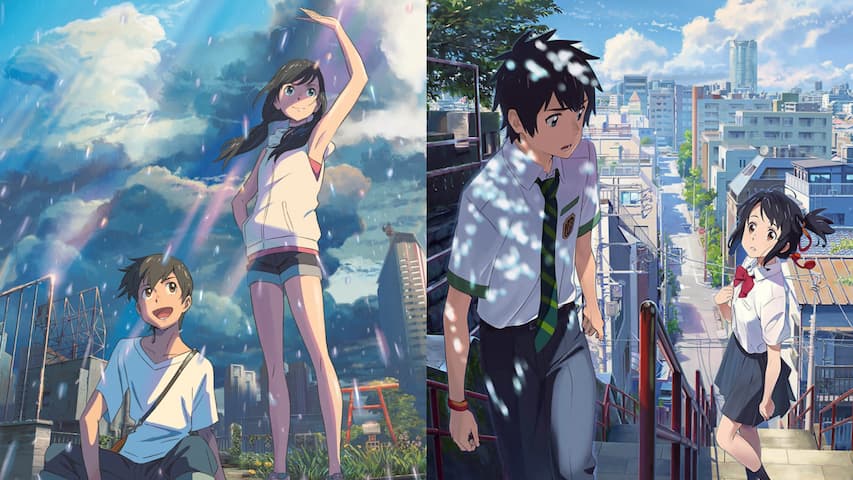
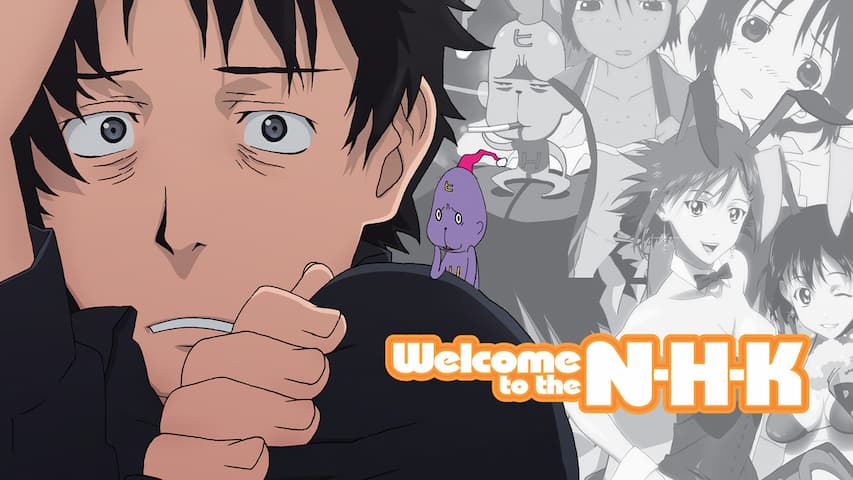



Recent Posts
2716 Words | December 28, 2025
3211 Words | December 12, 2025
1515 Words | October 30, 2025
7804 Words | October 3, 2025
5458 Words | July 7, 2025

